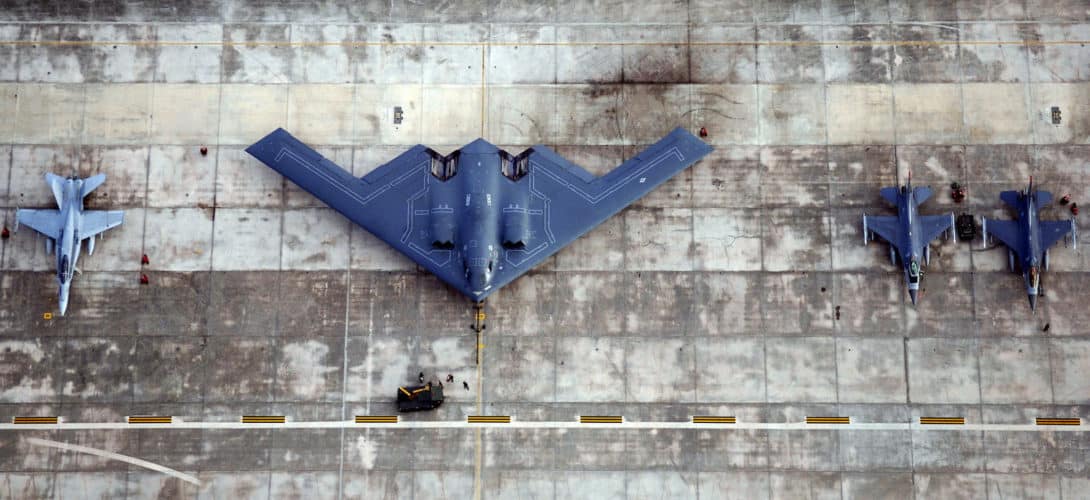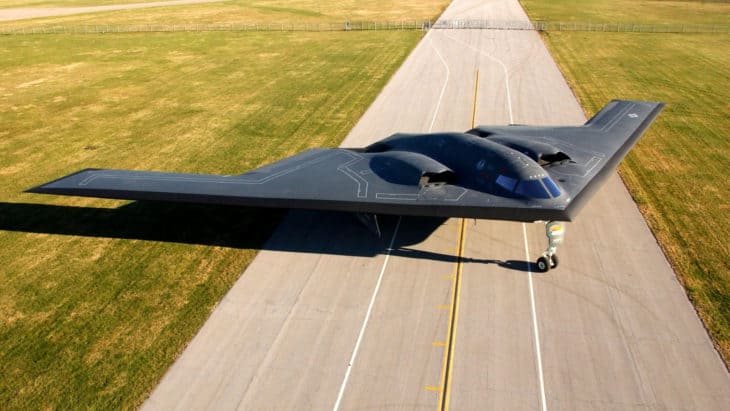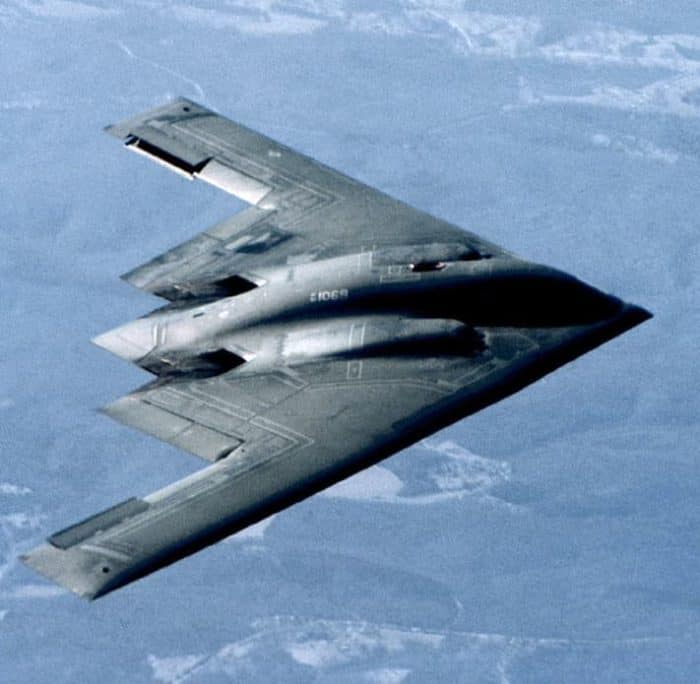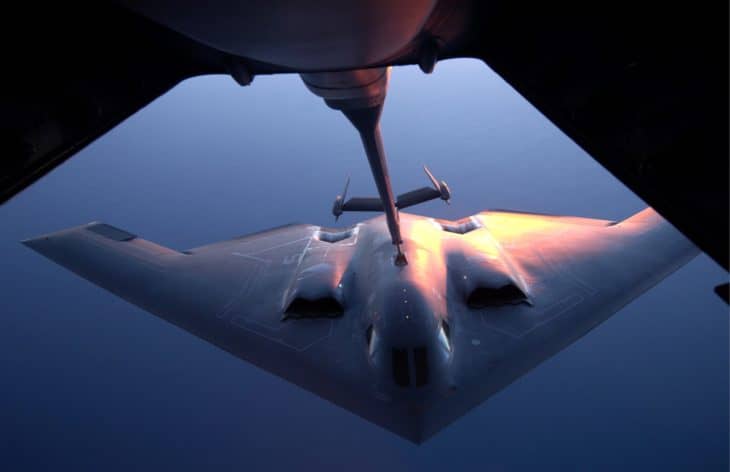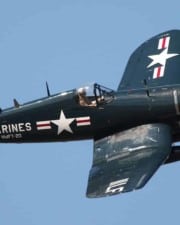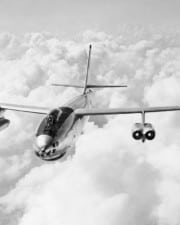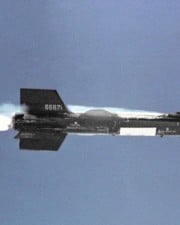The military isn’t all about fighter planes, you know? If you have any doubt, you need only look to its slew of aircraft to get your validation. While it is known for its series of fighter planes, it also does have an impressive arsenal of aircraft that isn’t meant for that kind of defense.
Different types of military planes fall under several different categories. The first is its fighter jets, which people are very familiar with.
Next, there are different kinds of bombers, and the point of these planes is to take out targets by using air to ground weapons, firing air-launched cruise missiles, etc. There is a special category of these planes known as heavy bombers, and they are armed with very heavy artillery, used for long-range bombing missions against special targets, such as shipyards, supply bases, factories, etc.
Electronic warfare aircraft is another category, and these planes are simply meant to make things difficult for enemy radio and radar systems. There are many radar jamming and deception methods implemented in such aircraft. The gist of it is identifying frequencies and sources of electromagnetic energy and jamming them with self-protective technology.
Maritime patrol aircraft is another military category, and these are meant to take to the skies for long durations over coastline territory. They are intended to detect and identify enemy ships and submarines. To this end, the planes armed with sonar technology and air too surface weaponry to neutralize such threats.
These are all combat vehicles, but it’s important to point out that the military also uses non-combat vehicles for purposes, such as travel and training exercises. Here’s a look at some of the most expensive military planes that aren’t meant for defensive purposes.
Related Article: The Different Kinds of Military Airplanes
8. Bell Boeing CV-22 Osprey – $90 Million

The CV-22 Osprey has a tiltrotor design, and it’s intended to create a hybrid of a turboprop aircraft and a helicopter. The idea is to get the long-range travel, speed, and fuel efficiency of the former, while taking advantage of the vertical takeoff and landing, as well as the hover capabilities of the latter.
The Special Ops team primarily uses this aircraft. It’s a variant of the United States Marine Corps’ MV-22 Osprey.
The plane is self-deployable, and it is faster and can travel further than typical rotary-wing aircraft, which allows it to perform missions that would normally require rotary-wing and fixed-wing aircraft working in unison. It takes off vertically, and when it is airborne, the wings can turn to a forward position, enabling normal winged flight.
If you doubt how far these can travel, consider that four of these flew from Florida to Mali, taking advantage of in-flight refueling support November 2008’s Exercise Flintlock.
7. Xi’an Y-20 – $160 Million
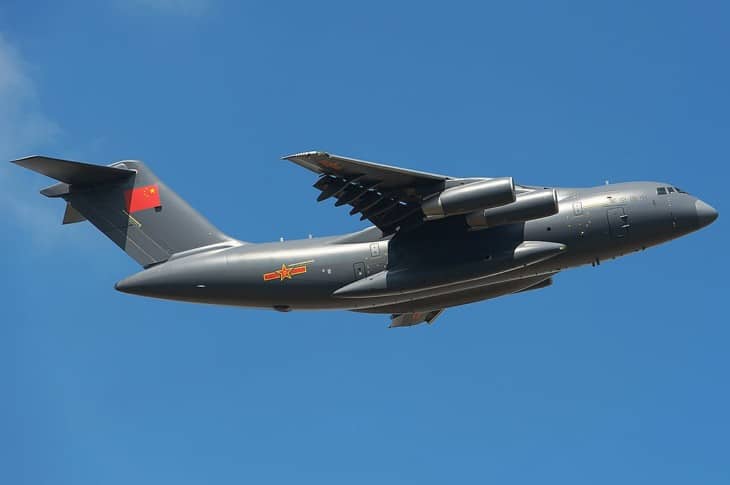
The Xi’an Y-20 marks the Chinese’s first venture into the area of heavy military transport. It’s designed to fly for a long time, as it can go distances of as far as 2,400 nautical miles when carrying its maximum payload. There is no larger domestic strategic airlifter used by the People’s Liberation Army Air force.
Its official code name is Kunpeng, which is inspired by a gigantic bird from Chinese mythology. The said bird flies for many thousands of miles before resting, which speaks to the aircraft’s ability to keep going for a very long time.
Four Soloviev D-30 bypass turbofan engines are used to power the design, and each can produce up to 26,460 pounds of force. The aircraft has a capacity of 220,000 kilograms as its maximum takeoff weight, and it flies up to 43,000 feet high.
6. Airbus A400M Atlas – $206 Million
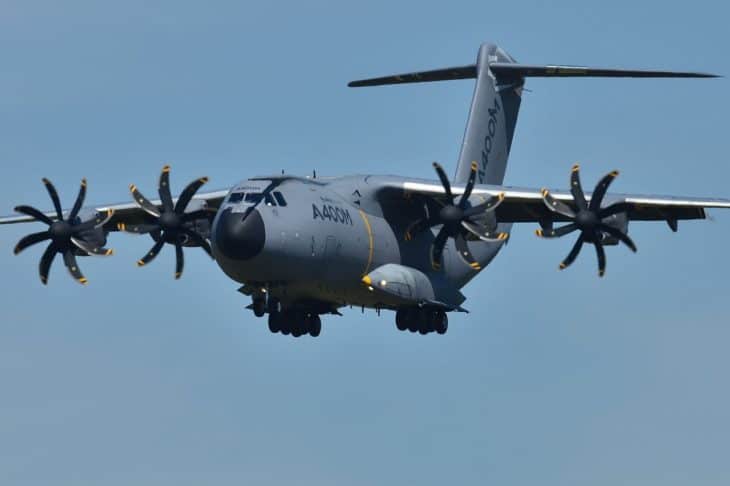
Just one look at the A400M Atlas is enough to help you tell that this is a very expensive aircraft. It can serve three different purposes, which are strategic airlift mission capability, tactical airlift mission capability, and air to air refueling mission capability. It is one of the most intricate designs in 21st-century non-fighter military flights.
There are critical pieces of armed forces equipment that can no longer fit in tactical airlifters. The A400M has no problem airlifting these inside its massive cargo bay. The plane was designed in May 2003, based on the needs of seven of the European nations within OCCAR. These were Belgium, Germany, Luxemburg, France, Turkey, Spain, and the UK.
The A400M has displayed incredible tactical performance and an efficient design, with its cockpit flight deck at the fuselage’s very front. This allows for the internal space to be large, which means a greater allocation to cargo.
5. Boeing C-17 Globemaster III – $236.7 Million

The Boeing C-17 GlobeMaster III is intended for long-haul military transportation and training purposes. One of its advantages is that it can handle transporting heavy and oversized payloads, even in the most unpredictable conditions. It has a T-tailed, four-engine, and high wing design, and it is primarily used for taking troops and supplies to airfields anywhere in the world, regardless of the terrain.
Every worldwide operation since the 1990s has had a cargo delivery from the C-17 GlobeMaster III. Boeing takes full responsibility for material and equipment management under the current Sustainment Program contract, sustaining logistics, depot-level maintenance, sustaining engineering, and onsite-based support.
The engine loadout consists of four Pratt and Whitney PW2040 engines. These are a military designation type, and each of them can generate up to 40,440 pounds of thrust.
4. Northrop Grumman E-2D Advance Hawkeye – $241 Million
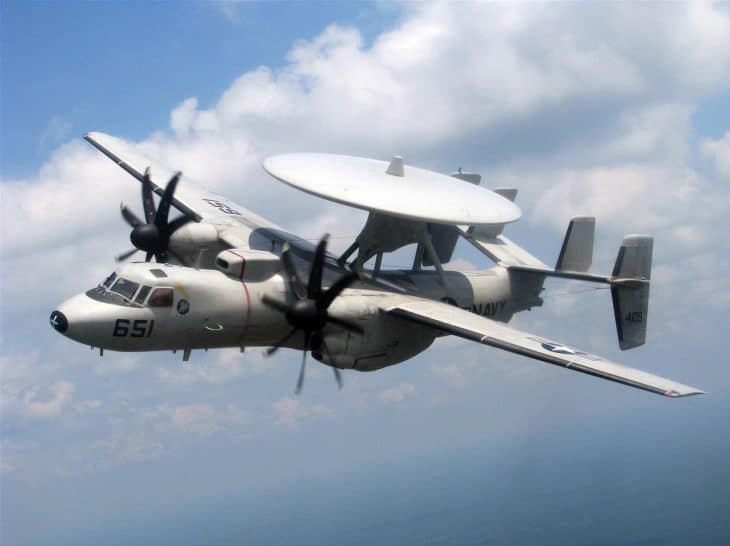
This $241 million aircraft serves the purpose of being an early warning, all-weather unit for the naval task force. While operating at over 25,000 feet high, the plane alerts the naval task force to any approaching threat. It also takes things a step further by identifying the said threats and positional data to fighter aircraft.
Additionally, it performs the rules of strike command and control, the guidance of search and rescue missions, surveillance, and it even has built-in relay capabilities, which expands the range of communication.
Its mission systems include the very impressive Lockheed Martin AN/APY-9 solid-state radar, which can keep track of 2000 plus targets. It can also direct the interception of over 40 hostile targets. The radar has a sweeper range of over 6,000,000 cubic miles, which allows it to detect aircraft that are more than 550 kilometers away.
This design is intended to replace all the current US Navy E-2C Hawkeye aircraft.
3. Boeing P-8 Poseidon – $256.5 Million

Boeing’s P-8 Poseidon performs many naval functions, but it is the military equivalent of the 737-800 Next Generation commercial aircraft. Though it is not a fighter plane, it is designed with various warfighting capabilities, which includes onboard radar systems to track groaned and maritime activity, as well as deployable air to sea weaponry, which is aimed at neutralizing opposing ships and submarines.
Much of the P-8’s success comes from international patronage from Norway, India, Australia, and the United Kingdom, for their military forces. As advanced as the plane is in surveillance, reconnaissance, and intelligence, Boeing can take advantage of great economies of scale from producing them. That’s because of an 86% commonality ratio with the 737 NG commercial variation.
2. Lockheed Martin VH-71 Kestrel – $400 Million
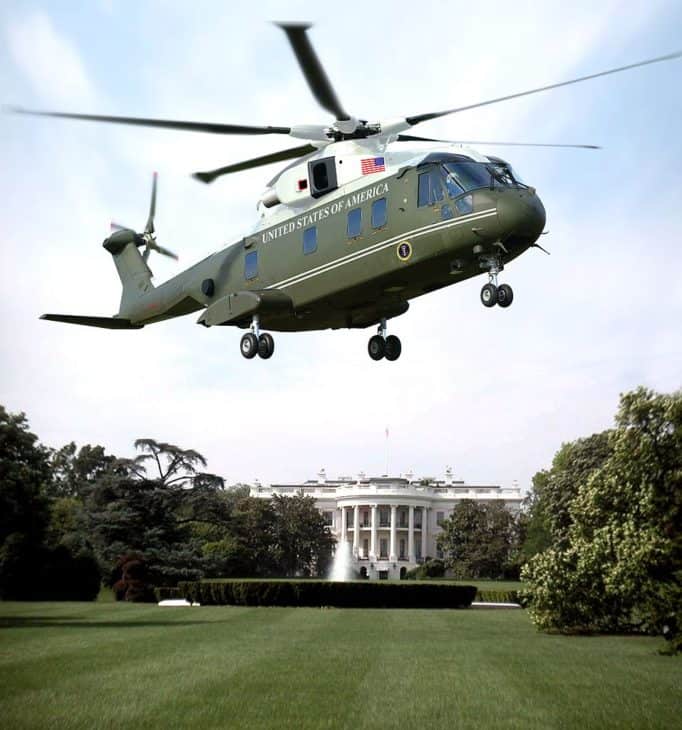
This Lockheed Martin design is one of only two military planes to cross the $400 million border. The now-canceled design was created to replace the United States presidential transport fleet. This took place back in 2007, but President Barack Obama asked Robert Gates, Secretary of Defense at the time, to place the project on hold because of the exorbitant cost.
The aircraft development experienced many cost overruns, engineering issues, and delays. Lockheed Martin, which is very adept at aircraft design, attributed much of these issues to sudden and intricate modifications that the government demanded, which were not initially present in the request for proposal issued. A subsequent Government Accountability Office (GAO) report in 2011 cemented these claims, as excited a lack of willingness to compromise on the parts of the government.
1. Northrop Grumman B-2 Spirit – $737 Million

The most expensive non-fighter military plane’s top spot goes to Northrop Grumman’s B-2 Spirit with a staggering price of $737 million. It is a long-range, strategic, low observable heavy bomber unit. Even the densest and sophisticated air defense shields are susceptible to the destructive power that this aircraft can bring.
It can take on all altitude attack missions with ranges of up to 6000 feet high, and it can travel more than 6000 nm with no refueling. With one refueling in the mix, it can travel over 10,000 nm. Putting that into perspective means that this plane can travel anywhere in the world within hours.
The manufacturer uses radar-absorbent coating, which helps preserve the design’s stealth characteristics, while reducing the required maintenance time. It’s a material known as alternate high-frequency material (AHFM), and it is applied via a spraying method by four robots that are independently controlled.
The aircraft consists of two separate weapon bays. It can travel with as much as 40,000 pounds of weaponry, including gravity bombs, precision-guided munitions, maritime weapons, and nuclear weapons. It’s not hard to see where the high price tag comes from.
Related Posts
